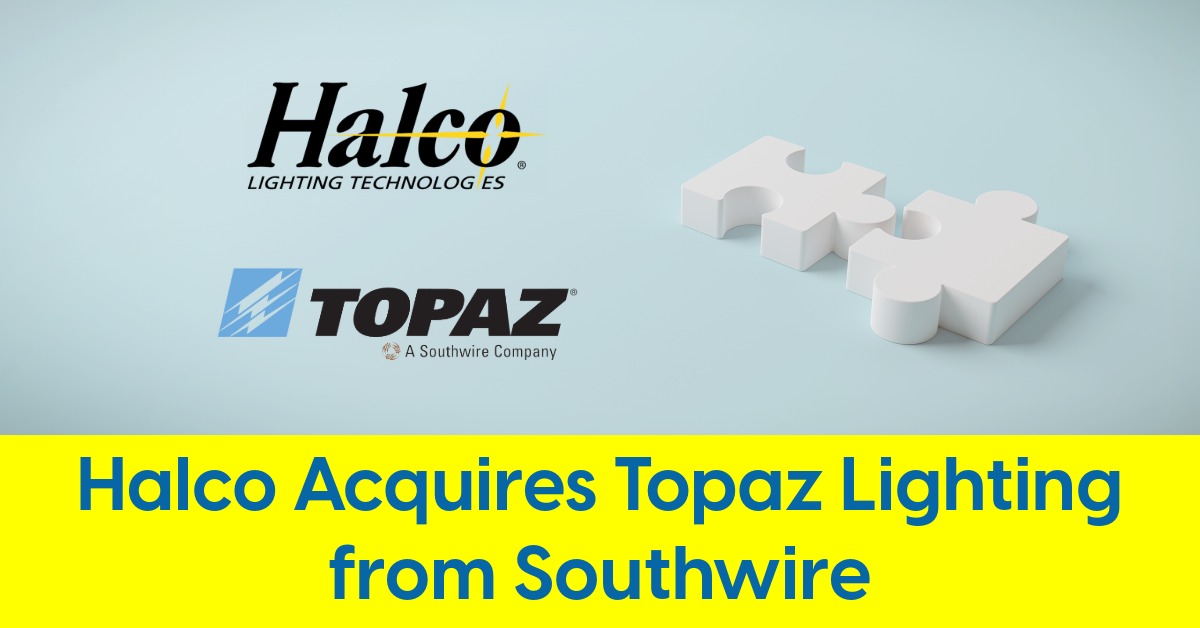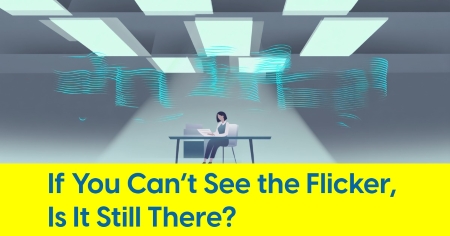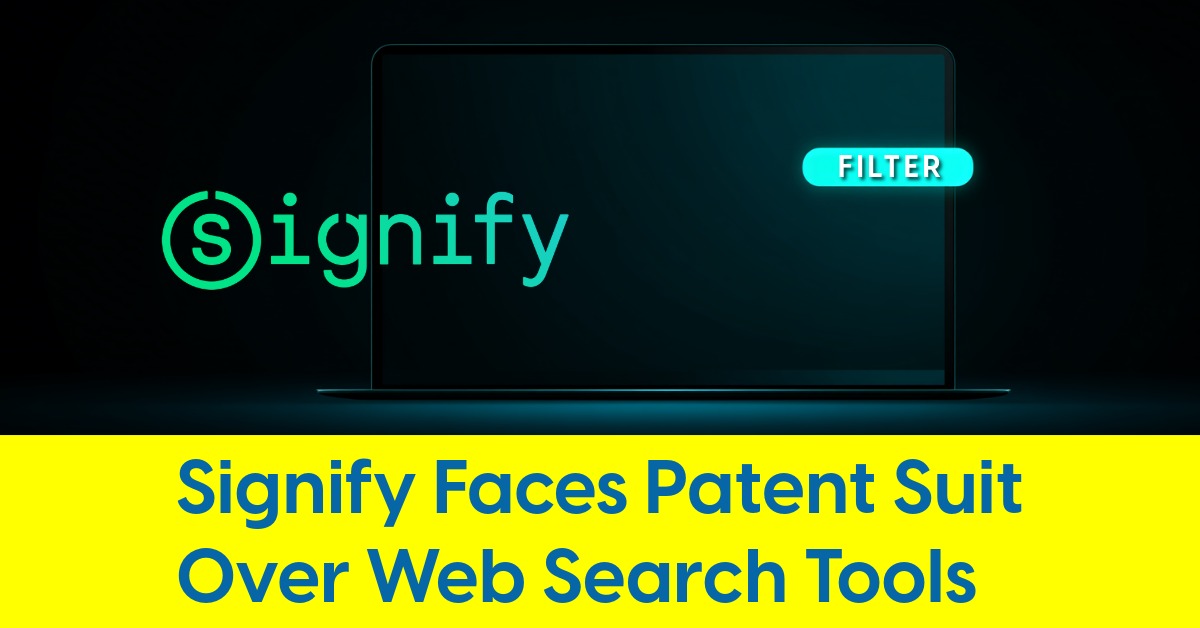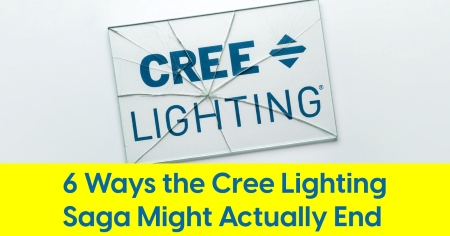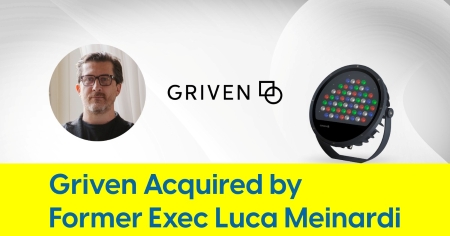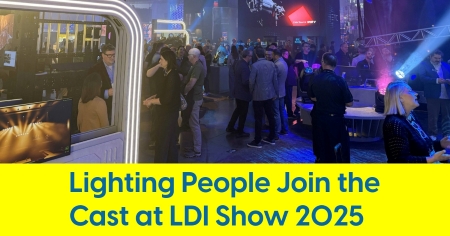June 22, 2023
Current™ Flips the Script and Sues Signify

Unwilling to pay licensing royalties, Current™ goes on offense to preemptively challenge 18 “baseless” patent claims
In a lawsuit filed today in U.S. District Court for the District of Massachusetts, Current Lighting Solutions (Current™) has taken action against Signify North America Corporation (Signify). The lawsuit challenges Signify's claims that Current™ has infringed on a series of eighteen patents owned by Signify.
Current™ has also raised serious questions about Signify’s EnabLED patent licensing program's operation. They claim that they entered discussions with Signify to resolve any patent-related concerns. However, Current™ alleges that during these negotiations, Signify essentially presented a list of patents and claimed that Current’s products infringed upon them. Current™ maintains that Signify failed to provide detailed explanations of the accused infringements, leaving them unable to fully assess the claims or respond to them in detail.
Current™ is categorically rejecting these claims. It is arguing that its products do not include the patented features as described by Signify, and is seeking a declaratory judgment from the court that its products do not infringe upon Signify's patents.
This seems to be a preemptive strike. Rather than wait around for company-to-company communications to reach a stalemate that eventually leads to a Signify vs. Current™ patent infringement lawsuit, Current™ has taken the proactive step to petition the courts for a declaratory judgment that clears Current™ of any wrongdoing.
Current™ is seeking relief from the court, including a declaration that they have not infringed any claims of the listed patents and also asking for their legal fees to be covered.
Current™ throws shade on the Signify EnabLED program*
In the submitted legal complaint, Current™ makes several explicit allegations that seem to imply that Signify wields its patent portfolio as a weapon. The complaint calls Signify’s patent assertions “baseless” and highlights the alleged strategy of Signify, stating "over the last 14 years Signify has approached hundreds of lighting companies, accused them of infringing one or more of Signify’s patents, and demanded that they enter a broad, portfolio-wide license and pay royalties to Signify. Signify has sued several companies that failed to comply.”
Current™ also points to the aggressive nature of Signify's patent enforcement practices: "Signify has repeatedly sued lighting companies unwilling to pay its licensing demands. Absent the declaratory relief it now seeks, Current™ expects Signify to continue accusing Current™ fixtures and drivers of infringing the Asserted Signify Patents and threatening Current™ with litigation.”
Current™ also illustrates the that Signify’s patent portfolio is not as strong as Signify claims: "Many of the patents Signify previously highlighted in its licensing negotiations have been narrowed and/or weakened through unfavorable claim constructions or, in other cases, by having key claims invalidated...remaining patents within Signify’s patent portfolio are generally directed to small, incremental, and ancillary technologies that are not widely adopted within the industry. Many of them are also invalid."
These assertions demonstrate that Current™ perceives Signify's use of its EnabLED Licensing Program and patent portfolio as more adversarial than cooperative. The lawsuit paints a picture of Signify using its intellectual property to stifle competition and exert certain control over the LED lighting market.
Some of the accused products:
LRX Product Family
Current’s LRX product line has been accused of infringing on Signify's '554, '706, and '643 patents. These patents are about ways of changing the brightness of LED lights without necessarily controlling the voltage or current, and certain mechanisms involving a switch controller processing signals. Signify alleges that the LRX product line uses similar techniques without the required license, thus infringing on their intellectual property rights.
Evolve Product Family
Current’s Evolve product line is being accused of infringing on the '559 and '577 patents. The '559 patent relates to dimming LED lights, while the '577 patent involves controlling LED systems. Signify's claim is that Current’s Evolve product line uses similar dimming and control systems as detailed in the '559 and '577 patents, allegedly infringing on Signify's patents.
Arize Product Family
Arize is another product line by Current™ which is accused of infringing the '559 patent. The patent is primarily about a system and method for dimming LED lights. Signify argues that the Arize product line contains similar dimming features as protected under the '559 patent, and hence infringes on Signify's patent rights.
Lumination Backlit Recessed Troffer Series
This Lumination product line stands accused of infringing on the '268 and '643 patents. The patents focus on methods and devices for controlling LED light output and for varying the intensity of LED radiation without monitoring or regulating voltage or current. Signify alleges that the Lumination product line incorporates similar methods or devices for controlling LED light output as protected under these patents, allegedly infringing on their patents.
Numerous LED Drivers
Multiple product lines from Current™ are accused of infringing the '604 and '525 patents. These patents relate to powering an LED system with a particular type of circuit and a design involving a series circuit with a self-inductance, a capacitor, and a diode. Signify claims that these product lines use similar circuit designs as detailed in the '604 and '525 patents, thus infringing on their intellectual property rights.
GE LED Lightech Driver Model GELD50MV700PVNA
This particular GE Lighting Products model has been alleged to infringe the '554 patent. The patent relates to a method for varying the intensity of LED radiation without monitoring or regulating voltage or current. Signify claims that this GE Lighting product uses a similar method as protected under the '554 patent, thus infringing on their patent rights.
Aside from the Current™ vs. Signify big names, this is an intriguing challenge.
A Current™ versus Signify legal battle is going to attract the attention of lighting people, but the notable names on the courthouse marquee is not the only reason to pay attention to this case.
From the well-respected patent lawyer David Radulescu's webinar in May 2023 we remember that Signify has only had one of its patent infringement lawsuits reach a definitive conclusion in the 14-year history of its program. In the 2019 decision, the U.S. International Trade Commission determined that Lowe’s, Satco and others had not violated any of Signify's asserted patents, effectively clearing them of the infringement accusations.
It's worth noting that other legal cases involving Signify’s patent assertions have been resolved without a full trial. These cases typically conclude with either settlements (that may possibly lead to an EnabLED licensing agreement) or default judgments, which usually occur due to the defendants' failure to respond to the allegations.
If Current™ prevails in this move, they could potentially demonstrate that EnabLED is not unassailable, thereby possibly establishing a model that other companies can emulate to sidestep Signify's patent challenges.
In the past, many lighting firms, significantly smaller than Current™, have chosen a business strategy to bypass the expensive legal costs ranging in the mid-to-high six figures to fight Signify in court. Instead, they often opt for the EnabLED licensing program that demands monthly licensing fees in the thousands and possibly a one-time reparative retroactive payment for past patent utilization. The latter often appears to be a more agreeable solution for companies that lack six-figure legal budgets.
With the legal filing happening just hours ago, court records don’t yet indicate that Signify has been served its summons. Once served, Signify will have at least 21 days to file a response.
We reached out to both parties for comment. Current™ did not provide further comments. Signify did not immediately respond to our request.
*An earlier version of this article section contained quotes that were inaccurate. We regret the mistake.

